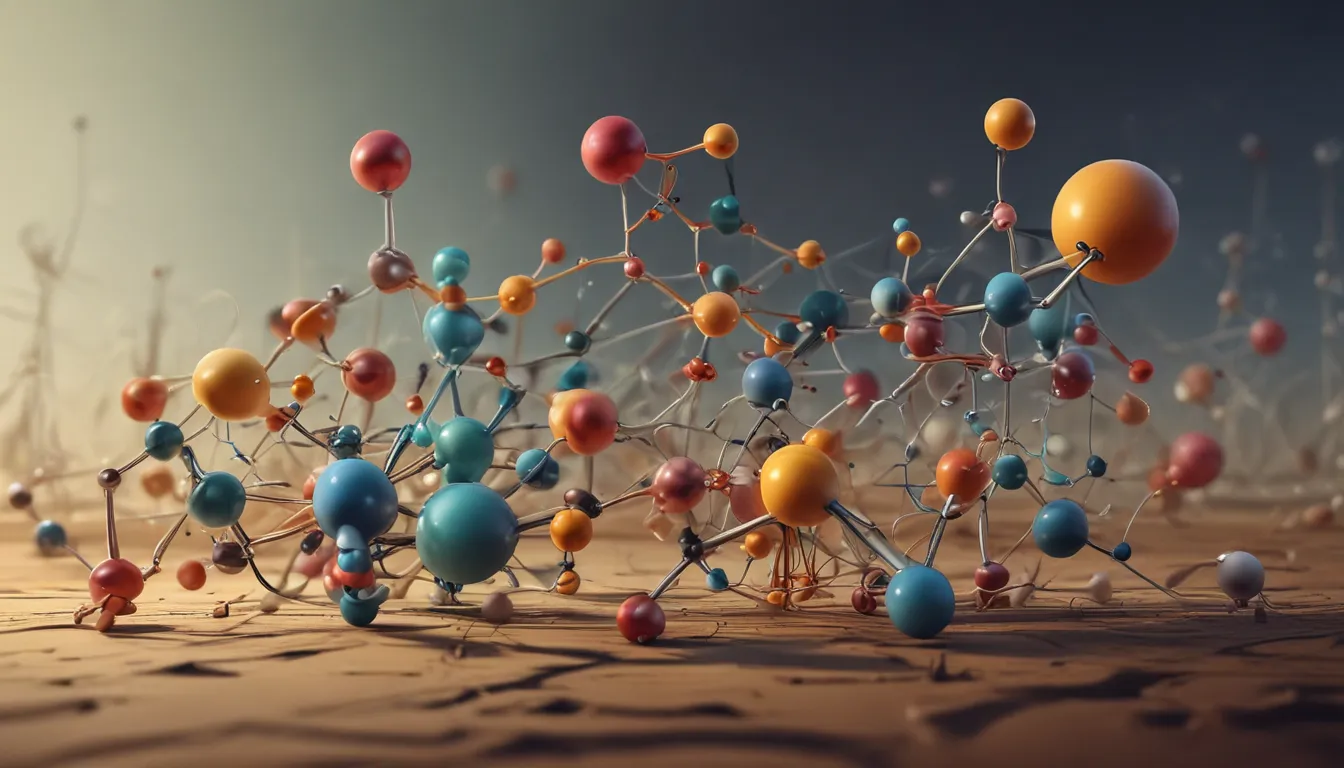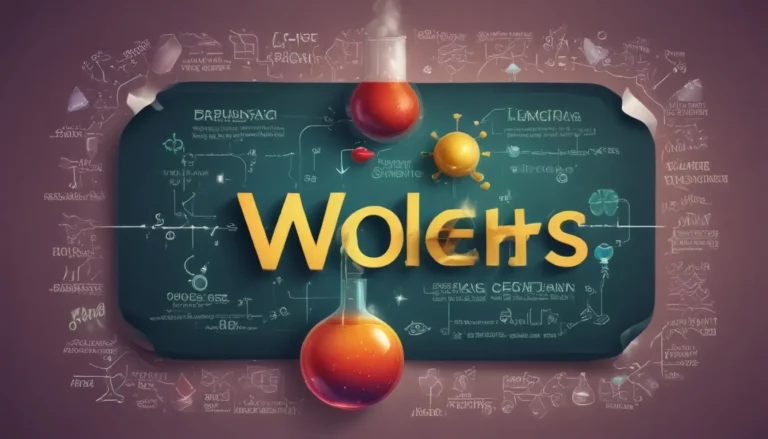A Note About Images: The images used in our articles are for illustration purposes only and may not exactly match the content. They are meant to engage readers, but the text should be relied upon for accurate information.
Are you intrigued by the secrets of chemistry? Dive into the world of Lewis structures, where atoms connect and molecules come to life through the power of electrons. Lewis structures, also known as electron dot structures, are like blueprints for molecules, revealing how atoms share electrons to form compounds. In this educational journey, we will uncover 12 fascinating facts about Lewis structures that will enhance your understanding of this essential tool in chemistry. Let’s unravel the mysteries and unveil the magic of Lewis structures together!
The Marvelous Concept of Lewis Structures
Introduced by the brilliant American chemist Gilbert N. Lewis, Lewis structures provide a simplified representation of the valence electrons in an atom. These diagrams, consisting of atoms, dots representing valence electrons, and lines indicating chemical bonds, help chemists visualize the arrangement of electrons in molecules.
Exploring the Octet Rule and Surprising Exceptions
The octet rule is a fundamental principle in Lewis structures, stating that atoms strive to achieve a stable electron configuration with eight valence electrons. While most atoms follow this rule, exceptions like hydrogen and helium require only two electrons for stability. Elements beyond the second period can exceed the octet rule, accommodating more than eight electrons.
Understanding Single and Multiple Bonds
In Lewis structures, single covalent bonds are represented by a single line (-) between atoms, indicating the sharing of two electrons. Multiple bonds, such as double bonds (represented by two lines =) and triple bonds (depicted by three lines ?), occur when atoms share more than one pair of electrons.
Mastering Molecular Geometry and Predicting Polarity
Lewis structures help predict the molecular geometry of compounds, allowing us to determine whether a molecule is linear, trigonal planar, or tetrahedral. By examining electron distribution and electronegativity differences, we can also predict the polarity of a molecule.
Calculating Formal Charges and Unraveling Chemical Bonding
Formal charges play a crucial role in determining the most stable resonance structure of a molecule, providing insights into electron distribution and reactivity. Lewis structures offer valuable insights into chemical bonding, showcasing the sharing or transfer of electrons between atoms.
Unlocking the Secrets of VSEPR Theory and Chemical Reactions
Lewis structures are closely intertwined with the VSEPR theory, contributing to our understanding of molecular shapes and electron pair arrangements. In chemical reactions, Lewis structures help identify the breaking and formation of bonds, guiding us through the movement of electrons.
Delving Into FAQs about Lewis Structures
- What is a Lewis structure? A diagram representing the bonding and electron distribution within a molecule using lines for bonds and dots for lone pairs.
- How do you determine the central atom? Usually the atom with the lowest electronegativity or the ability to form the most bonds.
- Can an atom have more than an octet? Yes, elements beyond the second period can exceed the octet rule.
- What is the purpose of formal charges? To determine the most stable electron arrangement in a molecule.
- Are resonance structures real representations? They depict different ways to show the same molecule and electron delocalization.
- Can a Lewis structure lack lone pairs? Yes, molecules like diatomic oxygen may not have any lone pairs.
Embark on a journey of discovery with Lewis structures, where the beauty of chemistry unfolds before your eyes. From predicting molecular shapes to understanding chemical reactions, mastering Lewis structures opens doors to a world of possibilities. Whether you’re a budding chemist or simply curious about the mysteries of molecules, delving into Lewis structures will enrich your understanding and spark your imagination. Explore the wonders of chemistry with Lewis structures and unlock the secrets of the molecular world!
Embracing Knowledge for a Brighter Tomorrow
At the core of our mission lies a dedication to delivering reliable and engaging content that enriches your learning experience. Each fact shared on our platform is contributed by individuals like you, bringing a diverse range of insights and information to light. Our team of editors ensures the highest standards of accuracy and credibility, guaranteeing that the knowledge we offer is not only fascinating but also trustworthy. Trust in our commitment to quality and authenticity as you embark on your journey of exploration and discovery.






